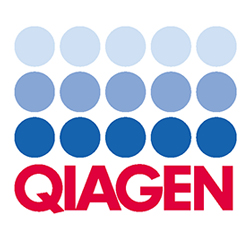|
Martin Auber, Dominik Fröhlich, Krämer-Albers Eva-Maria Johannes Gutenberg University of Mainz, Germany |
Abstract
Numerous studies report the association of miRNAs with extracellular vesicles (EVs). In most cases, EVs were harvested from cell culture-conditioned media containing fetal bovine serum (FBS) or a defined media supplement as nutrient. Recently, Wei et al. (2016, PMID: 27503761) reported that miRNAs are co-isolating with EVs when harvested in media supplemented with FBS or vesicle-depleted FBS. To avoid serum-associated miRNA contamination, we performed RNA-Seq of EV-associated miRNAs derived from primary oligodendrocytes cultured under serum-free conditions and subsequently validated miRNAs by RT-qPCR including media and supplement controls. Intriguingly, several EV-associated miRNAs were robustly detected in un-conditioned media subjected to the EV-isolation protocol and the media supplements NS21 and B27, which are routinely used for neural cell culture. RNAse and detergent treatment of NS21 removed most but not all of the contaminating miRNAs. Detailed analysis of NS21-supplement by screening individual components excluded BSA as major source of the miRNA contamination and identified a single component as carrier of miRNAs. Media supplement lacking the miRNA-carrying components however appears to affect cell viability, indicating that deprival of this specific supplement is not a solution to get rid of contaminating miRNAs. Based on these findings, we designed a new RNA-Seq strategy including EV-samples collected under conditions of supplementation or supplement-deprivation as well as supplement only control.
Taken together, our study shows that a single component of defined media supplements may carry major contaminating miRNAs into EV-samples. Consequently, analysis of EV-RNA needs refined strategies including respective media controls.
| Back to GQ2019 overview page |
|---|


